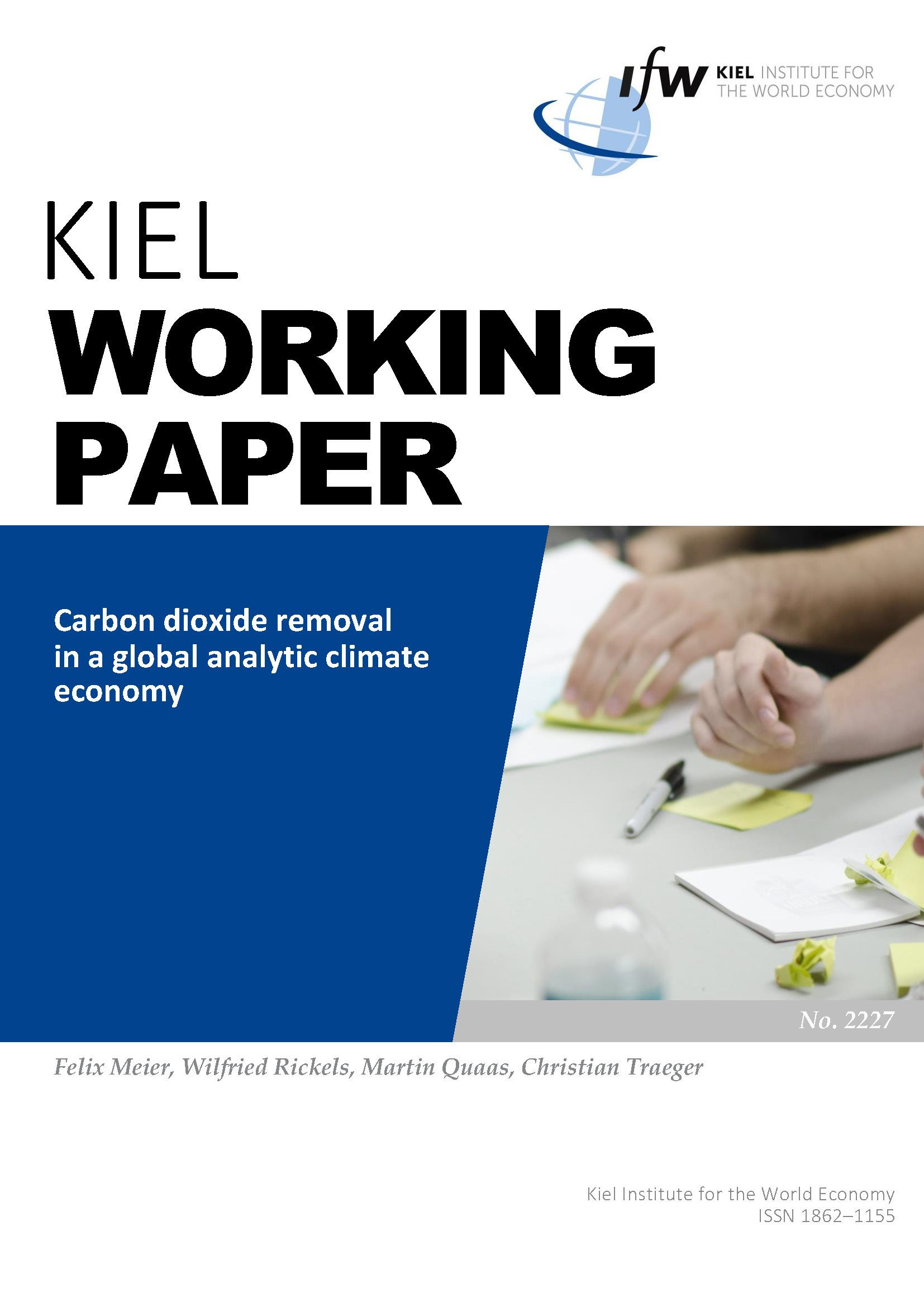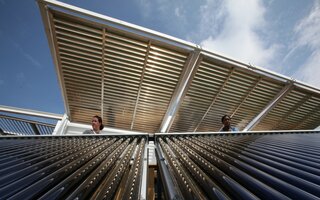Working Paper
Carbon dioxide removal in a global analytical climate economy
Authors
Publication Date
JEL Classification
Key Words
Related Topics
Climate
Net-zero climate policies foresee deployment of atmospheric carbon dioxide removal wit geo-logical, terrestrial, or marine carbon storage. While terrestrial and geological storage would be governed under the framework of national property rights, marine storage implies that carbon is transferred from one global common, the atmosphere, to another global common, the ocean, in particular if storage exceeds beyond coastal applications. This paper investigates the option of carbon dioxide removal (CDR) and storage in different (marine) reservoir types in an analytic climate-economy model, and derives implications for optimal mitigation efforts and CDR deployment. We show that the introduction of CDR lowers net energy input and net emis-sions over the entire time path. Furthermore, CDR affects the Social Cost of Carbon (SCC) via changes in total economic output but leaves the analytic structure of the SCC unchanged. In the first years after CDR becomes available the SCC is lower and in later years it is higher com-pared to a standard climate-economy model. Carbon dioxide emissions are first higher and then lower relative to a world without CDR. The paper provides the basis for the analysis of decentralized and potentially non-cooperative CDR policies.







